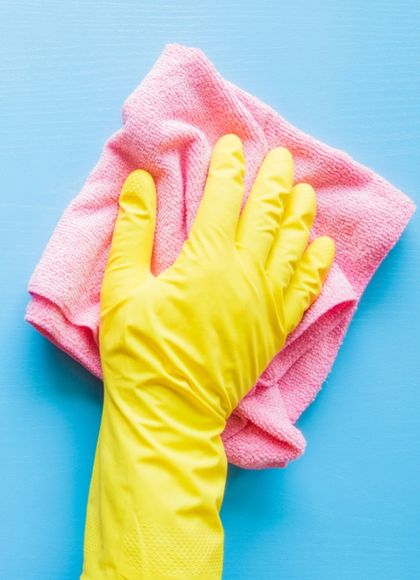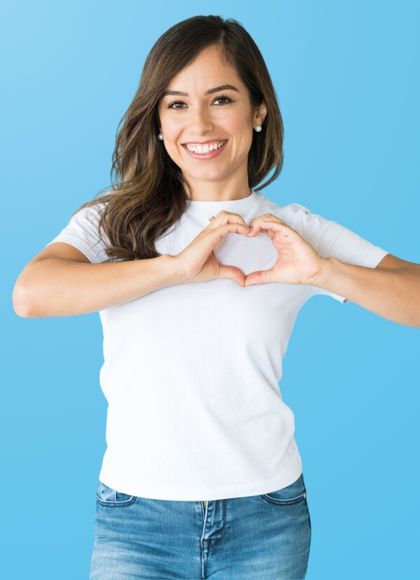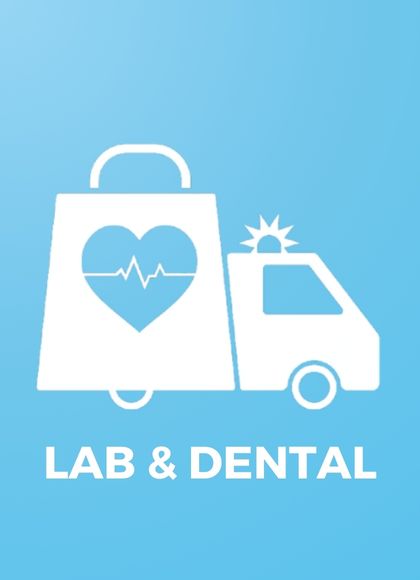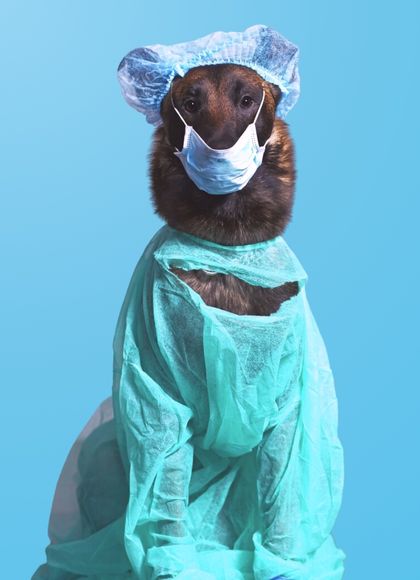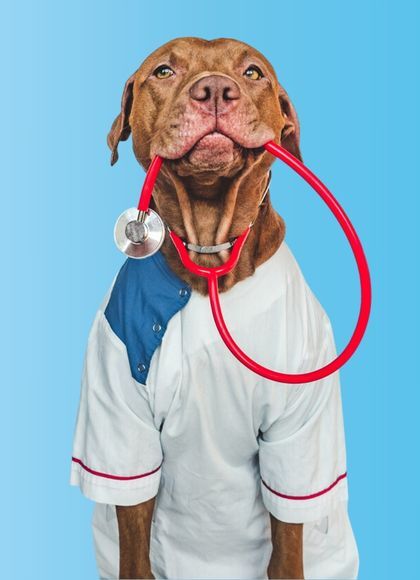First Aid Kit Checklist
Do you have a first aid kit somewhere in your home? If not, you should! We've created a first aid checklist to get you started.
Having a fully-stocked first aid kit easily accessible can provide relief and essential assistance during a medical emergency. Setting up a first aid kit is simple. You’ll need an airtight container big enough to store all your equipment and medications that will keep the dust and moisture out. To get you started, we’ve created a checklist of all the equipment you’ll need for a fully stocked first aid kit.
What is in a First Aid Kit?
Here, we outline the basics every first aid kit should include, whether this is your first home kit or a first aid kit for your business. You’ll also have the option to customise your kit specific to your situation.
First Aid Kit Checklist
- A first aid booklet or instructions.
- Bandages and dressings including:
- Fabric or plastic bandaids for minor cuts.
- Crepe bandage for severe bleeding.
- Cotton bandages.
- Combine dressing pads.
- Gauze.
- Triangular bandages (i.e. for slings)
- Antiseptic solution or wipes.
- Saline solution.
- Disposable gloves.
- Tweezers.
- Scissors.
- Safety pins or hypoallergenic dressing tape.
- Emergency blanket for cases of shock.
- Eye pads.
- Splints.
How do I Customise my Kit?
We recommend creating a new first aid kit or customising your existing kit for your activities ahead of time. You may have one kit at home and create a new kit for your summer camping trip or weekend fishing. You should also keep a spare first aid kit in your car for emergencies on the road.
The list above and customisations below are a good starting point, though your first aid kit should reflect your activities, family needs, and any medical conditions.
For the home
This is your basic first aid kit made up of the items in our checklist above. You can also add extra equipment based on your family’s needs, such as the number of children you have and the amount of physical activity you do.
For camping and outdoor recreation
When camping, you may wish to pack equipment such as a compass; bug protection; stop itch cream for bug bites or plant irritation; extra bandages; electrolyte powder or tablets; extra bandages; splints; and a flare.
For families of all sizes
Whether you live by yourself or have a growing family, everyone should have a first aid kit in their home.
Depending on your own needs, you may only need one kit or a few. However, many kits you need, it should be big enough to store all the essential equipment AND your customisations.
How do I Maintain my First Aid Kit?
To ensure your first aid kit is maintained, you should do regular ‘audits’ of your kit, including:
- Replacing depleted equipment.
- Removing and replacing any damaged equipment.
- Checking the expiry dates of any medication.
Regularly checking your first aid kit and ensuring all equipment or medication is kept topped up and in-date means you will always have a fully functioning first aid kit when the situation requires it.
How do I use the Items in my First Aid Kit?
For treatment to be effective and provide the appropriate relief, it is crucial to understand how to use the equipment. We’ve outlined some common injuries that can require first aid and what items to use to treat them.
In an emergency, you should always call 000 and seek expert medical advice immediately. A first aid kit provides basic and immediate relief for minor injuries. You should always consult the included instruction manual before administering first aid.
Burns
Burns should be run under cold water as soon as possible for at least 20 minutes.
Nonadhesive bandages should be applied to burns to keep them clean and replaced once the bandage becomes wet or soiled. Avoid adhesive dressing to prevent further damage to the raw skin.
Bleeding wounds A basic fabric or plastic bandaid should be sufficient for minor cuts and scrapes. If a cut is producing large amounts of blood, bandages and dressing pads can stem the bleeding.
You can also use a crepe bandage to keep other bandages or pads in place and further slow excessive bleeding.
Sprains and breaks
If you suspect you or someone with you has suffered a sprain or break, you should seek medical attention as soon as possible. In the meantime, you may be able to provide some relief by supporting the injured limb.
Crepe bandages are medium-weight bandages that can support a sprain or joint strain. In the instance of a suspected fracture, you should remain calm or encourage the injured person to stay calm. It’s important to immobilise the injured limb with a splint and, if the fracture is in the arm, a sling from a triangular bandage.
Dehydration
In cases of mild dehydration but not heatstroke, you can use electrolyte solutions or saline solutions to reduce dehydration.
In cases of suspected heatstroke
Heatstroke is unfortunately common and dangerous, especially in intense Australian summers. Heatstroke is caused by extreme dehydration due to high temperatures or excessive physical activity. If left untreated, heatstroke can be deadly.
If you or someone you know is experiencing heatstroke, call 000 and seek medical attention immediately.
Where Should I Keep my First Aid Kit?
First aid kits should be kept in a dry area that is easily accessible, like your car or kitchen. This ensures all medication and equipment is kept in its best condition and safe from the elements.
First aid kits in the workplace
First aid kits should be kept in a prominent and accessible place, such as a staff kitchen. Your workplace may have a minimum number of first aid kits required and could be kept in several locations.
Some workplaces may also have nominated first aid officers specially trained or certified to provide first aid.
For more information on first aid in the workplace, visit the Comcare website.
Doing a First Aid Course
It’s always a good idea to do a first aid course! A first aid course is the best way to learn how to use each item in your first aid kit and the correct way to provide first aid in various situations.
Many providers across Australia offer first aid courses. St John’s Ambulance and Australian Red Cross are well-known organisations that provide a range of first aid courses. Your workplace may also provide first aid courses occasionally. Reach out to your boss or People and Culture team to express your interest!


